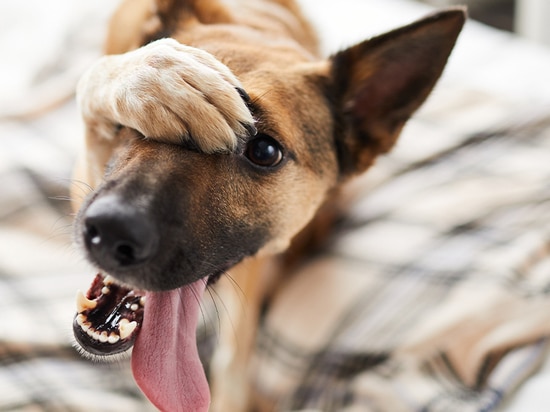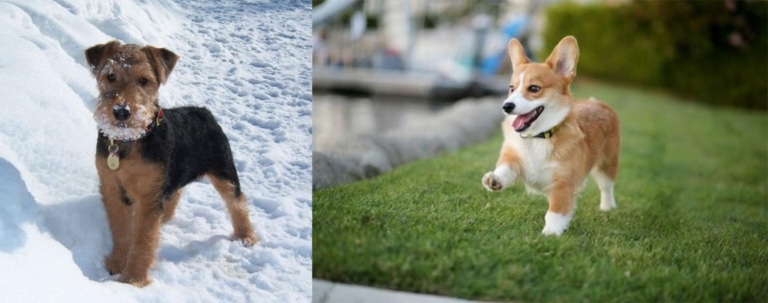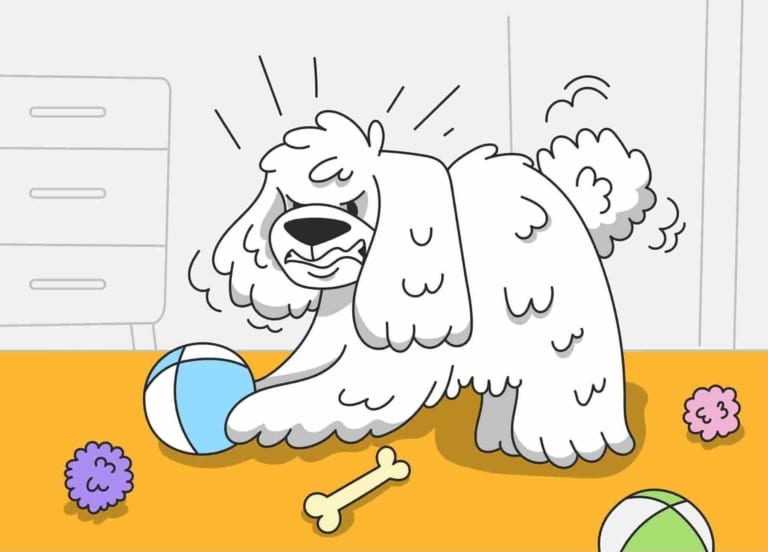Dog owners often notice that after mischief or damage, their pet makes a “guilty” facial expression: lowering their head, looking away, crouching, and tucking their tail. People assume that the dog understands its guilt, feels shame, and regrets its actions. This effect is so common that the internet is filled with hundreds of videos and photos of dogs “repenting” for their misdeeds—torn pillows, broken vases, or treats eaten without permission.
But do they really understand that they did something wrong? Or is it just a behavioral response to their owner’s actions? Science has a clear answer to this question, and it may surprise many dog owners.
Can dogs feel shame?
A scientific explanation of canine emotions
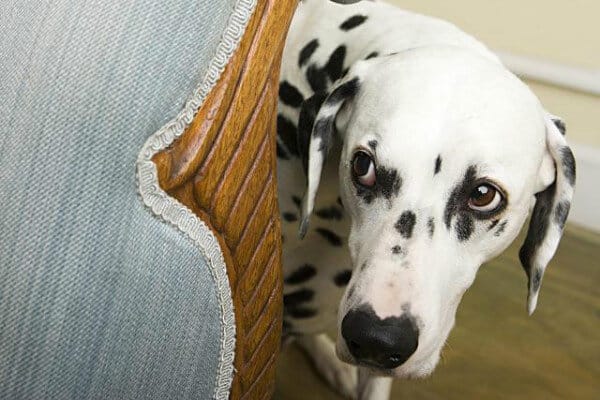
To understand whether dogs can feel shame, we need to examine the nature of their emotions. Research in ethology (the science of animal behavior) shows that dogs indeed have a wide range of emotions: they can feel joy, fear, anxiety, frustration, affection, and even jealousy. However, all these emotions are basic, meaning they do not require a complex level of self-awareness or moral reasoning.
Shame, on the other hand, is a secondary, complex emotion associated with self-control and social norms. Humans feel shame because they understand that their behavior violates certain rules or expectations. This requires an advanced level of self-awareness and abstract thinking—raising the question: are dogs capable of such comprehension?
The difference between human and animal emotions
Neuroscientific research confirms that a dog’s brain structure has many similarities to a human’s, especially in areas responsible for emotions. However, dogs lack a developed prefrontal cortex, which in humans is responsible for complex social awareness, moral judgments, and feelings of shame.
Dogs perceive the world differently from humans: they do not understand the concept of “right” and “wrong” in a human sense. Their behavior is based on associations—if a certain action results in punishment or their owner’s disapproval, the animal will try to avoid it in the future, not because they feel remorse, but because they associate the situation with a negative experience.
Do dogs have moral awareness?
In a study conducted by American researcher Alexandra Horowitz, dog owners instructed their pets not to touch food and then left the room. Some dogs were falsely “accused” of breaking the rule, even if they had not eaten the forbidden treat. It turned out that regardless of whether the dog had actually broken the rule, they displayed a “guilty” expression if the owner was irritated or angry.
This proves that a dog’s so-called “guilt” is merely a reaction to human behavior. They do not understand the moral aspect of their actions but simply respond to changes in tone of voice, body language, and their owner’s overall mood.
What does the “guilty” face mean?
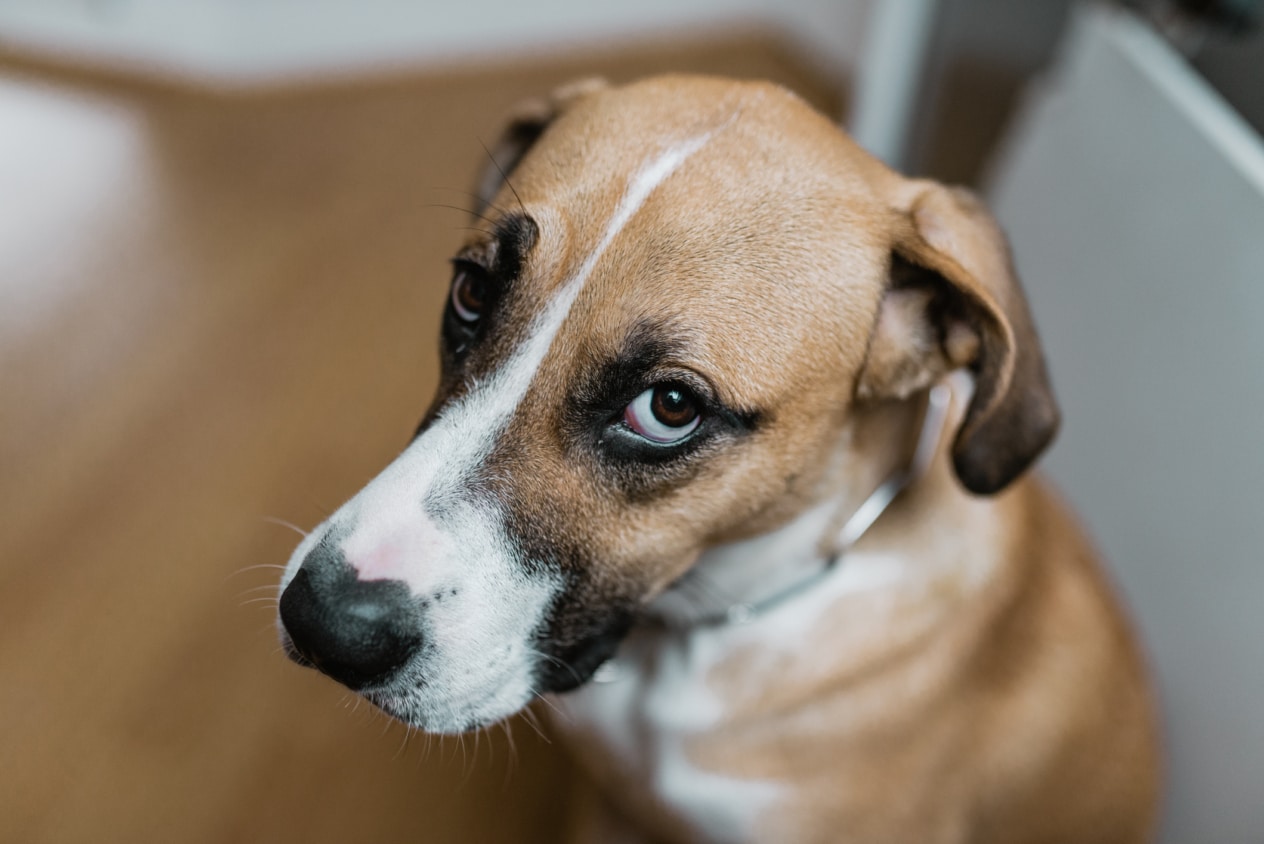
Dog owners often interpret certain facial expressions and behaviors of their pets as signs of shame or remorse. However, scientific research proves that this is not entirely true. The “guilty” facial expression, which includes an averted gaze, lowered ears, a subdued posture, and even crawling on the belly, is not a sign of conscious guilt but a signal of submission. It is a behavioral reaction that helps avoid conflict and appease the owner.
Dog body language: What is your dog really trying to say?
Dogs do not use words to express their emotions, but their body language is highly expressive. Here are some key signs that accompany the “guilty” expression:
- Averted gaze – the dog avoids eye contact, which is a sign of submission.
- Lowered ears – a display of insecurity or a desire to avoid conflict.
- Submissive posture, bent legs – an attempt to appear smaller to reduce perceived threat.
- Light licking – another gesture of appeasement.
- Tail tucked between the legs – a sign of fear or uncertainty.
This behavior does not mean that the dog understands its mistake. It simply reacts to changes in the atmosphere and the owner’s facial expressions.
Does the dog not understand that it did something wrong?
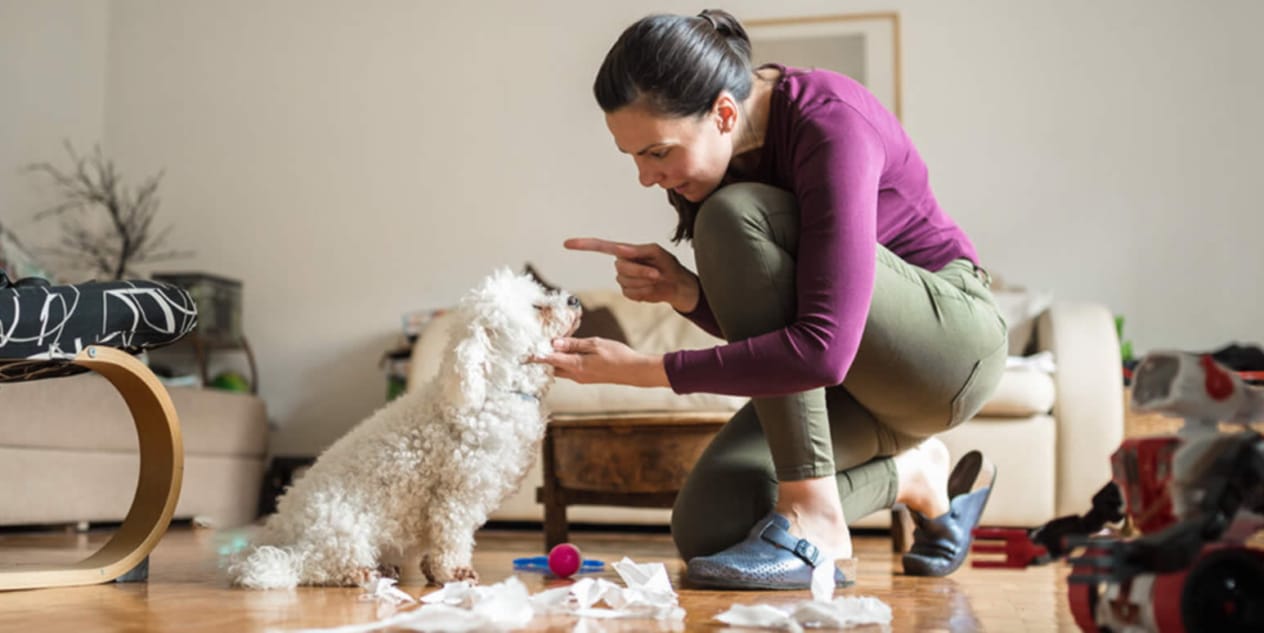
It is important to understand that dogs do not have an abstract concept of “right” or “wrong” like humans. They perceive the world through the immediate consequences of their actions. If a certain behavior is followed by punishment or an owner’s displeased reaction, the dog will remember this connection—not because it understands the moral aspect, but because it learns from experience.
So, if you come home and see destroyed items while your dog looks “guilty,” it does not mean they remember what they did. They are merely reacting to your mood and body language.
How should you respond to your dog’s “guilty” expression?
Why is punishment ineffective?
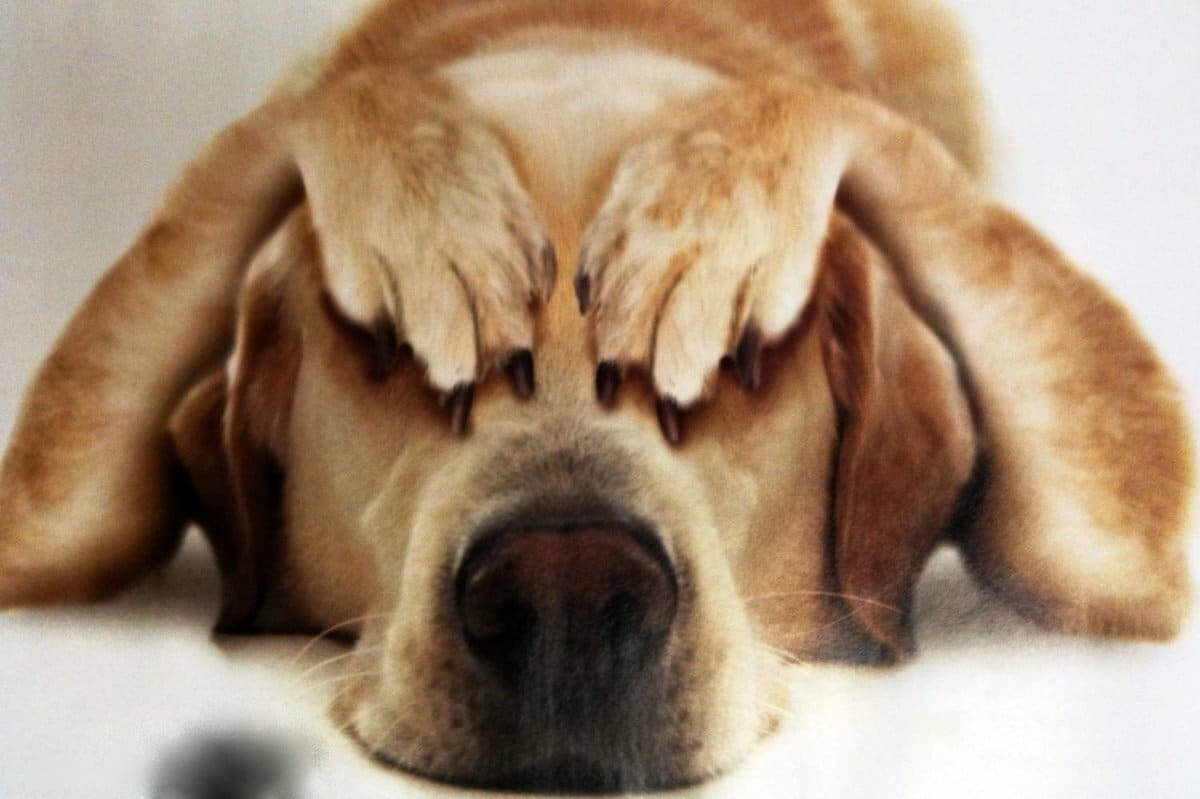
Many owners, upon seeing a “guilty” face, immediately punish their dog, thinking it will teach them not to repeat the mistake. However, this does not work the way we assume.
Dogs do not associate punishment with past actions
If a dog caused damage an hour ago but is punished now, they will not understand why they are being scolded. They will only remember that their owner can be aggressive for no clear reason, which leads to fear and distrust.
Punishment causes fear, not guilt
When a dog is scolded or physically punished, they may associate it not with their action but with their owner. This can break trust and make the dog fear their owner rather than learn from mistakes.
Problematic behavior may worsen
Frightened dogs may begin acting out even more—chewing on things, marking territory, avoiding human contact, or even showing aggression in response to fear.
How to properly train a dog to prevent unwanted behavior
Effective training is based on creating positive associations. If a dog frequently destroys things or behaves undesirably, the solution is not punishment but understanding the cause of the behavior and adjusting training methods:
- Ensure your dog gets enough physical and mental activity. Undesirable behavior is often linked to boredom.
- Use positive reinforcement – reward good behavior with treats, praise, or play.
- If a dog damages something, do not scold them after the fact – teach them an alternative behavior. For example, if they chew on shoes, give them a chew toy instead and praise them for using the correct item.
Positive reinforcement
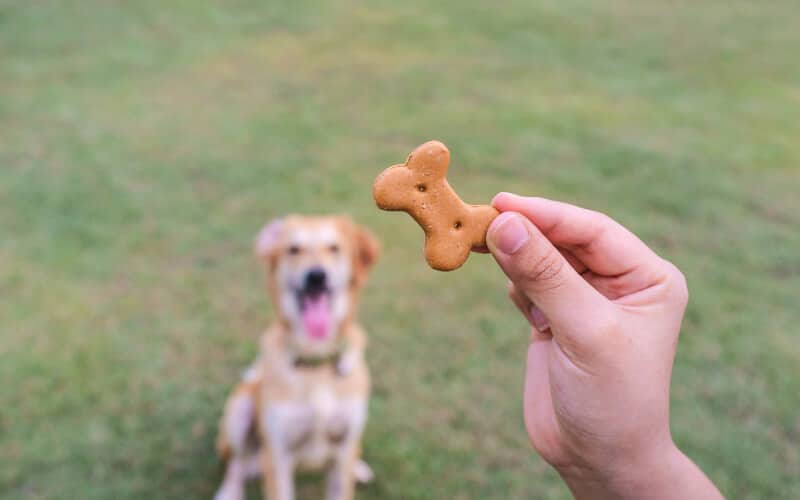
Positive reinforcement is the foundation of effective dog training. If they receive a reward for good behavior, they will be more likely to repeat it.
Here are some key principles:
- Reward immediately after good behavior – dogs remember immediate consequences best.
- Use treats, toys, or praise – every dog has its own preferences, so it’s important to find what motivates your pet.
- Be consistent – if you allow something today but scold for it tomorrow, the dog will be confused and won’t understand what is expected.
Conclusion
A dog’s “guilty” face is not shame or an understanding of guilt, but rather a reaction to its owner’s behavior. Dogs do not have moral awareness and cannot analyze their actions the way humans do. They simply read human signals and try to avoid conflict.
Instead of punishment, positive reinforcement is a much more effective way to shape good behavior. Owners should understand that their pets are not acting “out of spite” or “on purpose” but are simply responding to their environment and natural needs. Love, patience, and the right training approach will help build a harmonious relationship between the dog and its owner.

